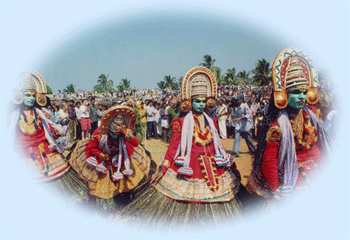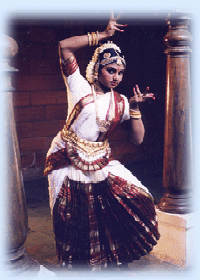The Cultural Roots of Kalaripayattu

The Kalari tradition is at once a profound cultural experience. The rich folklore of Kerala is intricately woven around legendary exponents of Kalaripayattu and their heroic exploits. Even the everyday vocabulary of the rural people, especially in northern Kerala, is studded with Kalaripayattu jargon, highlighting its deep integration into daily life.
Historical Significance

Though Kalaripayattu's existence in its present form can be traced to early 12th through 16th century AD Kerala society, exact references to many of the techniques practiced today can be found in much earlier historical and cultural sources of all knowledge of India.
The 15th-century travelogue of Duarte Barabosa, the Portuguese traveler, shows that Kalaripayattu was an integral part of Kerala society between the 13th and 16th centuries. It was considered as important a part of children's education as learning to read and write, thus forming an essential element of the culture of Kerala and the erstwhile southern parts of Karnataka, then known as Tulunadu. During this period, it was a compulsory social custom to send all youngsters above the age of 7 to a kalari for training.
Kalaripayattu is believed by many historians as one of the oldest traditions of martial training in the world. In Malayalam, the mother language of Kerala, India, "Kalarippayat" means "repetitive training (payat) inside an arena (kalari)". It is a scientific and comprehensive system of training for the body and the mind with an elaborate repertoire of weapon training, which in ancient times led to the making of a proficient warrior.
Influence on Performing Arts

As Kalaripayattu's evolution took shape as a comprehensive physical culture and martial training tradition, its unique methods of body training were adopted as a highly developed tool for the training of actors of Kathakali, the famous dance theatre of Kerala, in its early stages of evolution.
Kathakali, imbibing the richness of Kootiyattam, the centuries-old Sanskrit theatre of Kerala, in storytelling, acting (abhinaya), and costumes, used Kalaripayattu movements as the foundation of choreography, utilizing the actor's body and gestures as the primary tools of expression.

Photo: Sunil Inframe, Inframe Studio, Kozhikode
Various movements of Kalaripayattu are visibly present in many ritual arts like Theyyam, Thira, etc., and in many classical dance forms. The performance of classical dancers who practice Kalaripayattu is often noted as far superior to others.